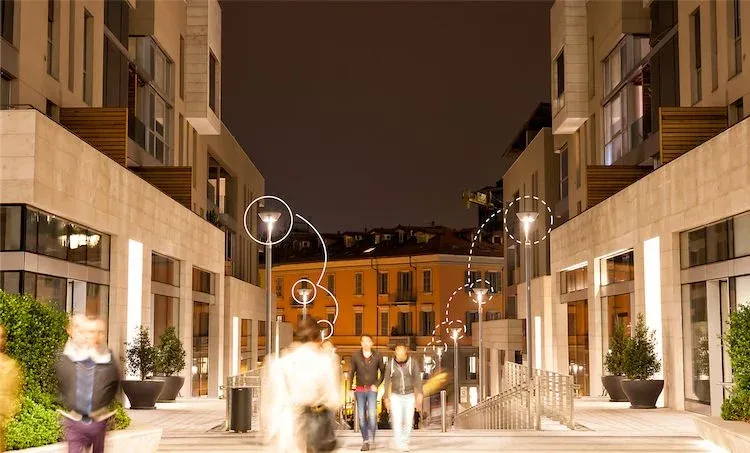But what does contemporary group lighting control resemble? Take the Qulon controllers (Mini, C, C1, C2) as illustrative examples. Generally, such a controller is placed in the lighting control cabinet and governs one or several lighting groups through starters. It is equipped with diagnostic functions and connects to an electricity meter, serving as a part of the electricity accounting system and helping diagnose lighting lines.
Scheduled lighting. The system can operate based on a preset schedule.
Group diagnostics. While pinpointing a specific malfunctioning fixture might not be possible, the problematic group can be precisely identified.
Quick installation without changing the lighting setup.
Cost-effective in both implementation and operation.
Lack of precision in identifying malfunctioning fixtures.
Limited energy-saving options due to group-based controls.
In the daytime, poles remain unpowered, limiting their infrastructure project potential.
Rare applicability in the US, influenced by infrastructure and historical factors.

